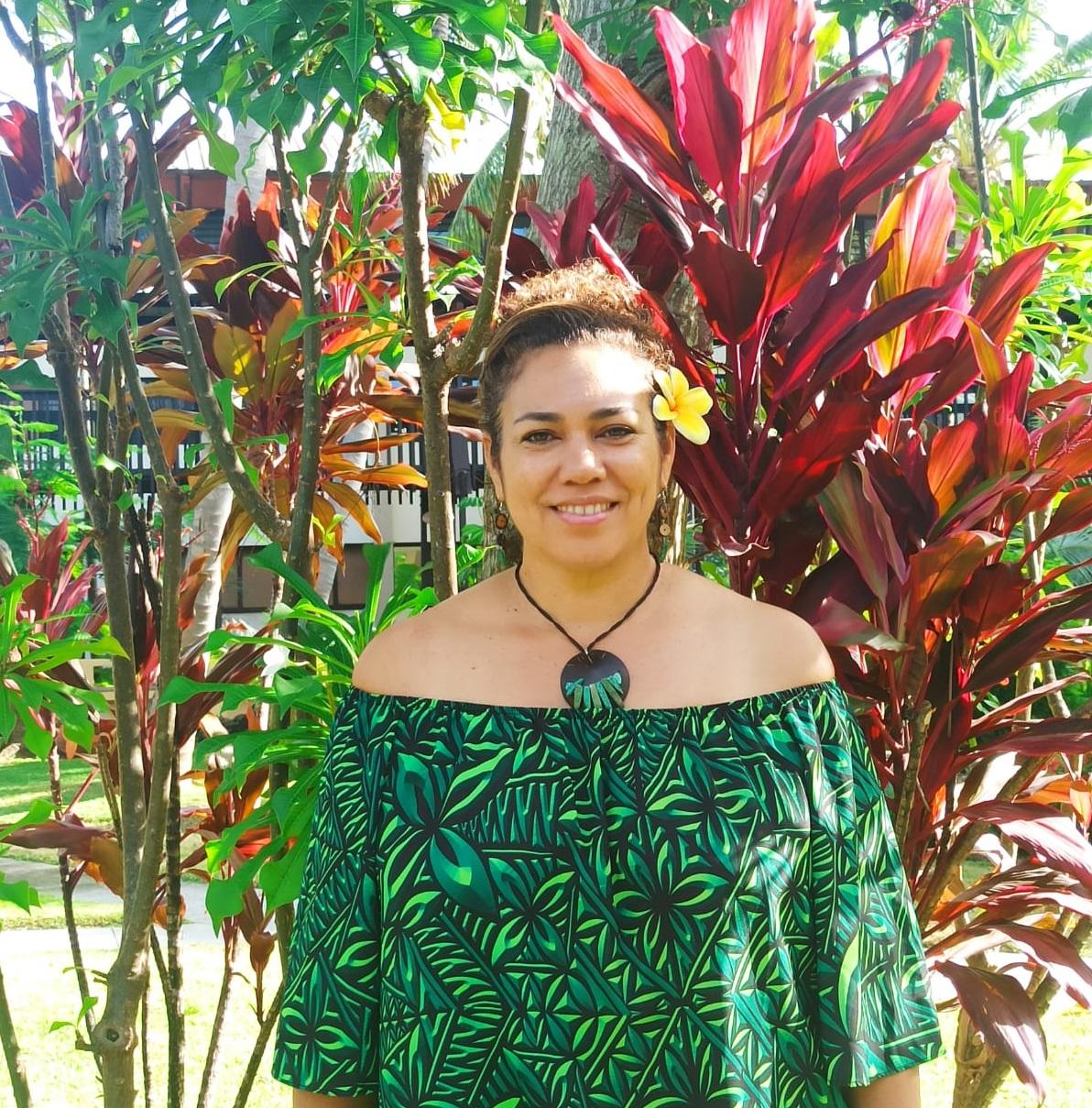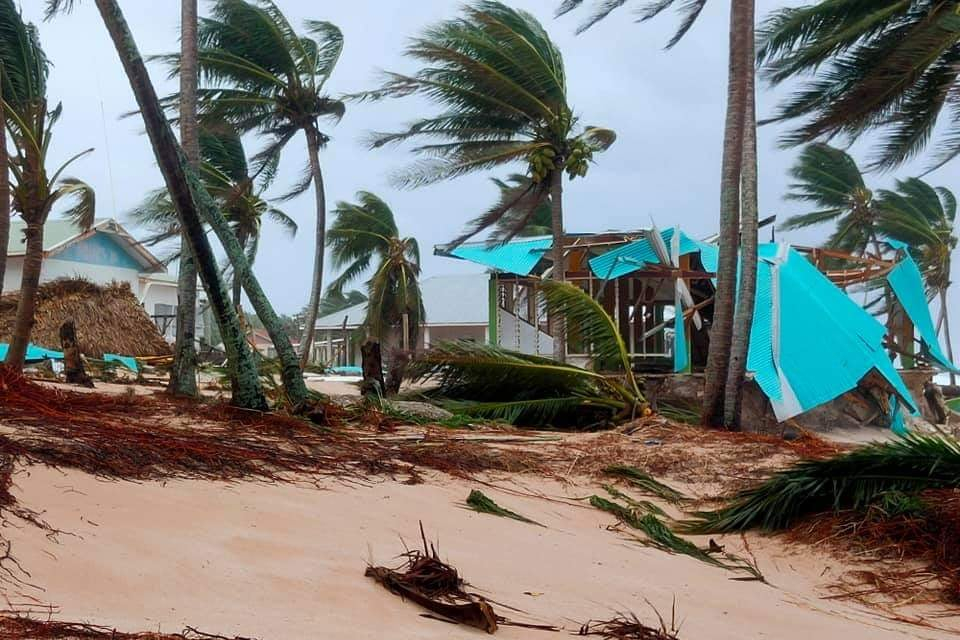The Pacific region remains vastly underserved by access to climate finance, according to the Pacific Community (SPC)’s director of climate change and sustainability, Coral Pasisi.
By her estimation, the region currently receives less than 0.22 percent of the promised US$100 billion that donors pledged in 2010 – to be mobilised annually by 2020.
“The Pacific region will need US$2 billion a year to address some of the transition of the energy sector and some of the resilience and adaptation to climate change, Pasisi told a regional gathering in Sigatoka last week of Nationally Determined Contribution (NDC) focal points from around the Pacific.
Collectively, the Pacific region is accessing only US$220 million a year – less than 0.22 percent of the global fund, revealed Pasisi.
Pasisi described this as a ‘huge injustice’’ for our people who are facing the ‘lived realities’ of the impacts of climate change daily.
For many Pacific nations, securing the financing necessary to spur their own transition to a more sustainable future can’t happen without this promised support. This includes action to cut greenhouse gas emissions and action to build resilience to the inevitable impacts of climate change, such as frequent and severe droughts, floods and storms.
Developed countries have been urged to make good on their promise to mobilise USD$100 billion annually in climate finance to support the needs of developing nations.
The Paris Agreement agreed to by UN State Parties to the Climate Change Convention in 2015, required developed nations to provide financial resources that are ‘new and additional’ to their Overseas Development Aid (ODA) – to assist developing countries implement their climate targets.
“Five years later, in 2020, developed countries are yet to mobilise the promised USD$100 billion. Last year Parties agreed to push it back to 2023. We are still not quite there yet, said Pasisi.
Assessment by the International Monetary Fund (IMF) suggests the average cost for the Pacific region to adapt and build resilience to the impact of climate change will be around USD$1 billion a year,
Similar estimation by the International Renewable Energy Agency (IRENA) puts the cost for Pacific countries to meet all their NDC commitments for renewable energy at USD$650 million a year.
“Without any diplomatic sugarcoating, this is a polluter pays issue. Climate finance is provided by countries who have caused the majority of climate change. Our countries contribute so little but they are on the frontline suffering the impacts. These polluters dictate so stringently the ability to access climate funds that those affected so greatly by it cannot get those funds.
“I always go back to a very simple example. If a ship with a foreign flag hit your country and the oil spill destroyed your property, who is going to foot the bill for that? It’s not your country, it’s the flag state nation of the ship because it’s a cross border pollution that is caused by someone else.
“In this case, it almost feels like the people who have caused the pollution are tying so many requirements around that fund, that our countries can’t even access it to be able to build their capacity to strengthen their systems for the flow of more money.

Pasisi strongly reiterated that climate finance is not aid.
“It is not Overseas Development Assistance (ODA). It should have different principles of access and management. I’m not saying that we should have an open bucket that all the money comes in, because we have to make sure that the money gets to the communities that need it. There definitely has to be strengthening of our systems of management.
On the back of COVID19, donor countries are finding the potential of ODA growing, very challenging.
“Their ability to scale up ODA and other sources of financing is reasonably challenging, so the ODA flat-line is likely to remain flat for a while.
However, one significant area the region needs to develop is sufficient capability in human resource capacity.
“I’d like to encourage countries to try push the barriers on whether climate finance can cover positions for more long terms so you have more staff for longer period to assist you. Currently, ODA cannot fund long term positions to help countries manage and deliver on their climate targets under the Paris Agreement.”
Capacity constraints can prevent a country from designing and executing a pipeline of eligible projects.
According to a recent report by Oxfam, rich countries have failed to honour their $US$100 billion climate finance as promised by 2020. The rich polluting nations are now three years overdue on their promise to mobilise US$100 billion a year in climate finance.
Oxfam’s ‘Climate Finance Shadow Report 2023’ published in June this year revealed that while donors claim to have mobilised $83.3 billion in 2020, the real value of their spending was —at most— $24.5 billion. The $83.3 billion claim is an overestimate because it includes projects where the climate objective has been overstated or as loans cited at their face value.
By providing loans rather than grants, these funds are even potentially harming rather than helping local communities, as they add to the debt burdens of already heavily indebted countries —even more so in this time of rising interest rates.
Donor countries are repurposing up to one-third of official aid contributions as climate finance rather than putting forward new and additional money, while more than half of all climate finance going to the world’s poorest countries is now coming as loans, said Oxfam.
Among bilateral providers, France has the highest share of its bilateral public climate finance through loans, at a staggering 92 percent. Other loan-heavy nations include Austria (71 percent), Japan (90 percent), and Spain (88 percent). In 2019–20, 90 percent of all climate finance provided by multilateral development banks, like the World Bank came as loans.
SOURCE: PACNEWS














